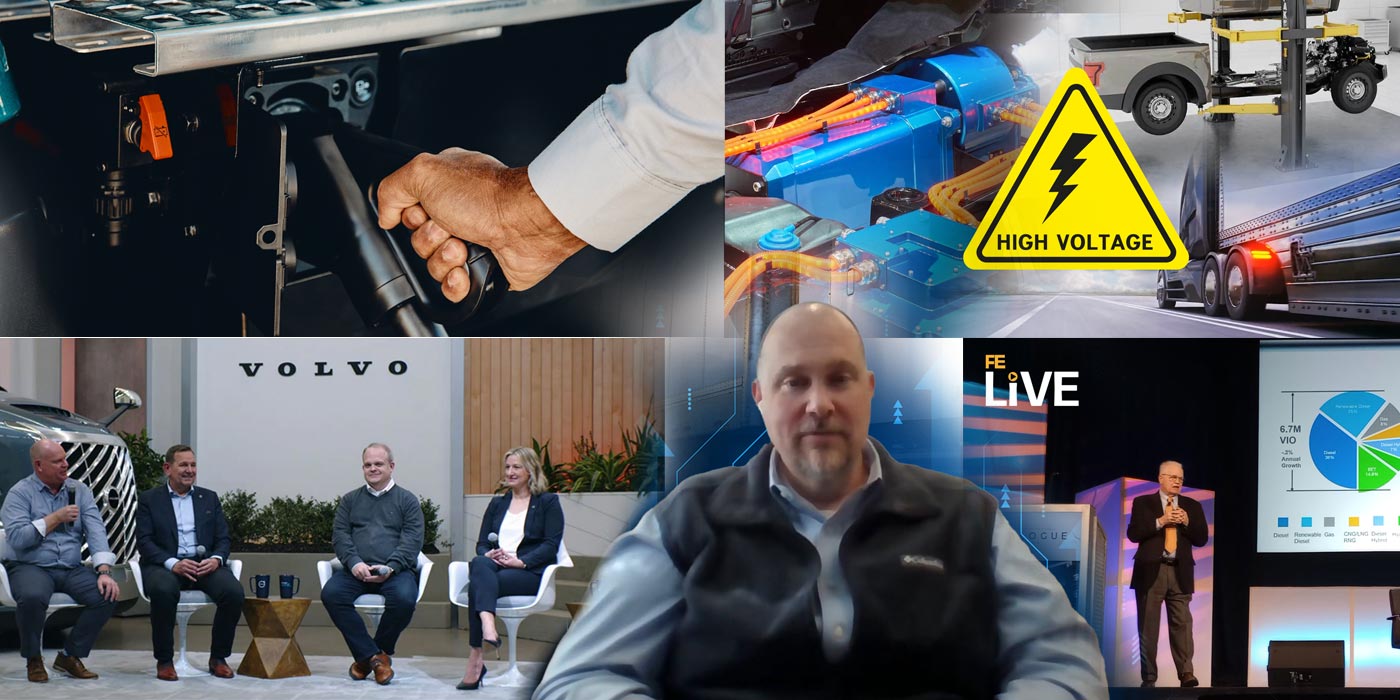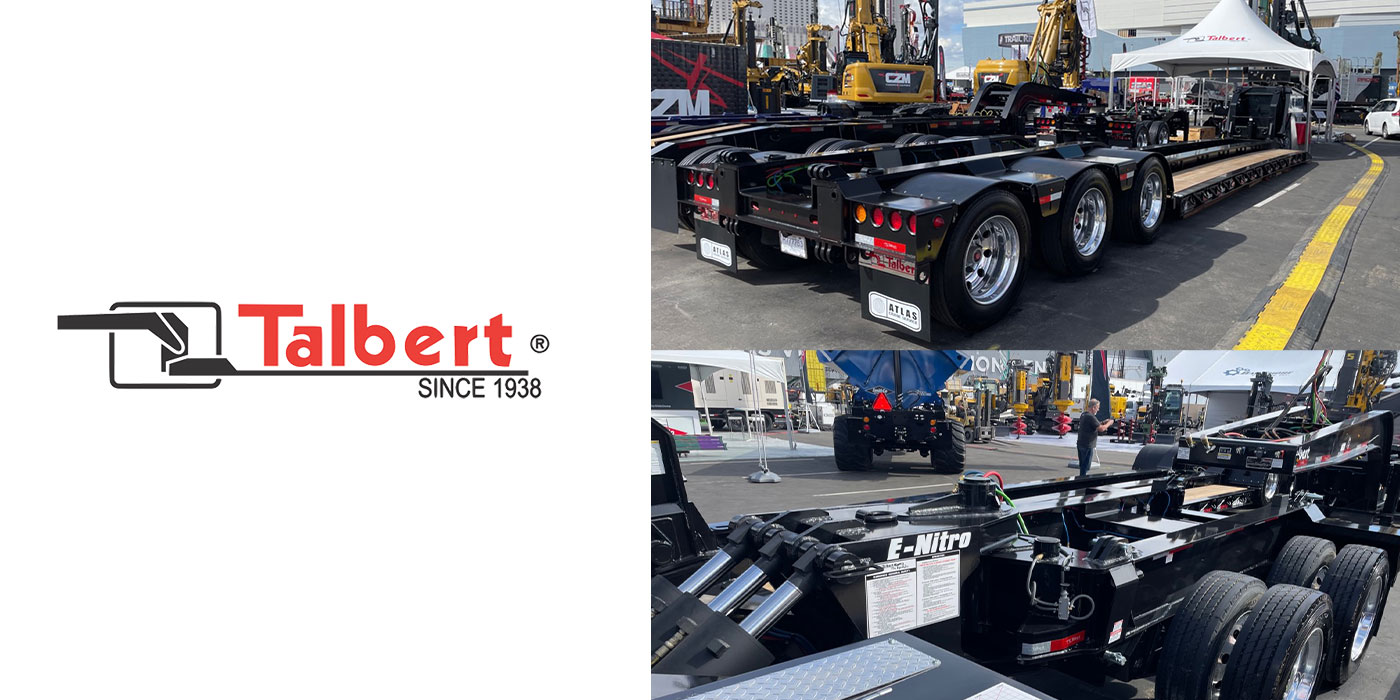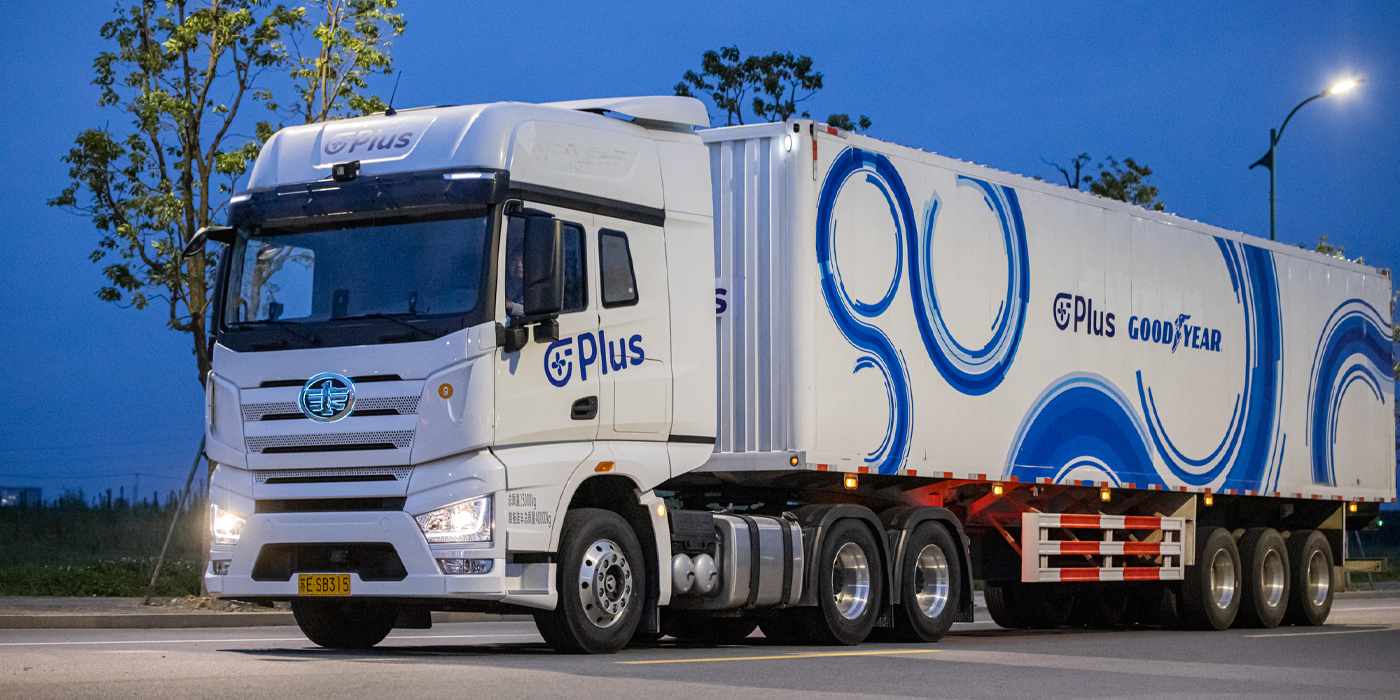Carrier hybrid unit offers reduced weight, improved fuel economy
Advantages of Carrier Transicold’s new Vector 8500 single-temperature hybrid trailer refrigeration unit include less weight, better capacity and improved fuel efficiency, according to the company.
Advantages of Carrier Transicold’s new Vector 8500 single-temperature hybrid trailer refrigeration unit include less weight, better capacity and improved fuel efficiency, according to the company. With the Vector 8500, Carrier is also introducing a fully hermetic electric scroll compressor, used in refrigerated marine container systems, that has 70 percent fewer moving parts and is 200 lbs lighter than a traditional reciprocating compressor.
The Carrier Transicold Vector 8500 incorporates the manufacturer’s ecoFORWARD technologies. Compared to the unit it succeeds, the new Vector 8500:
Digital Abex air disc brake catalog now available
A new digital catalog featuring the expanded Abex line of replacement air disc brake pads for commercial vehicles is now available from Federal-Mogul.
Peterbilt showcases advanced technologies
During the annual Energy Summit and Fair held on the campus of the University of North Texas (UNT), home of the PACCAR Technology Institute, Peterbilt Motors Co. displayed the SuperTruck advanced concept vehicle it is developing with Cummins Inc. through a U.S. Department of Energy program.
PIT compares 6×2 and 6×4 tractors
Evaluations comparing 6×2 and 6×4 trucks by FPInnovations’ Performance Innovation Transport (PIT) group showed that 6×2 tractors consume less fuel than similar 6×4 tractors.
Thermo King integrates TracKing Telematics Solution with Add On Systems
The TracKing web-based, refrigerated trailer and temperature monitoring system from Thermo King can now be integrated with AS400/iSeries software for the truckload carrier market from Add On Systems (AOS) Inc.
Other Posts
Five truck trend takeaways from January
Only one month into 2024 and there are already some major announcements and bold predictions to unpack.

Talbert Manufacturing shows off customized 70SA-RC-RA trailer at CONEXPO
The trailer’s design features a flip extension to accommodate a tri-axle Jeep dolly, allowing for maximum load configurations, according to Talbert.

Keeping up with evolving truck technology
Just like social media, truck technology is constantly evolving. Are you keeping up?

Goodyear partners with Plus on autonomous trucks
The Goodyear Tire & Rubber Co. announced a strategic collaboration with Plus on autonomous trucking solutions. Through this collaboration, Goodyear’s suite of services, including connected tires, will further enhance transportation efficiency and safety for semi-trucks powered by Plus’s Level 4 autonomous driving technology while also reducing carbon impact. Related Articles – FTR announces new senior

